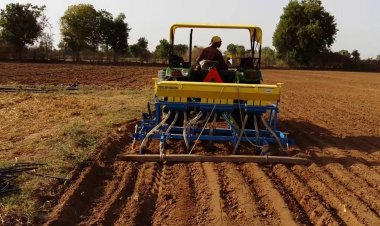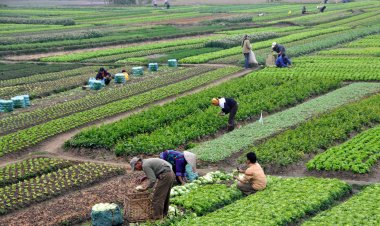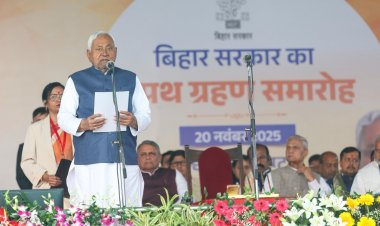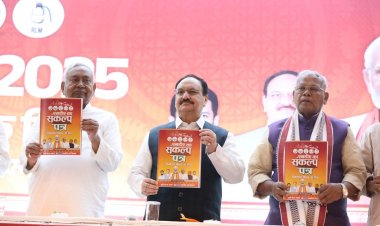The government on Thursday banned with immediate effect the use of sugarcane juice or syrup for ethanol output in 2023-24 in order to ensure adequate supply of the sweetener for domestic consumption and keep prices under check.
In a notification to sugar mills and distilleries, the government, however, said they can continue to produce ethanol from B-Heavy molasses to meet requirement for blending in petrol. Ethanol is used for petrol blending.
"In exercise of powers conferred under clause 4 & 5 of the Sugar (Control) Order 1966, it is directed to all sugar mills and distilleries not to use sugarcane juice /sugar syrup for ethanol in ESY (ethanol supply year) 2023-24 with immediate effect. "Supply of ethanol from existing offers received by Oil Marketing Companies (OMCs) from B-Heavy molasses will continue," Food ministry said in the letter, a copy of which is available with
Rural Voice.
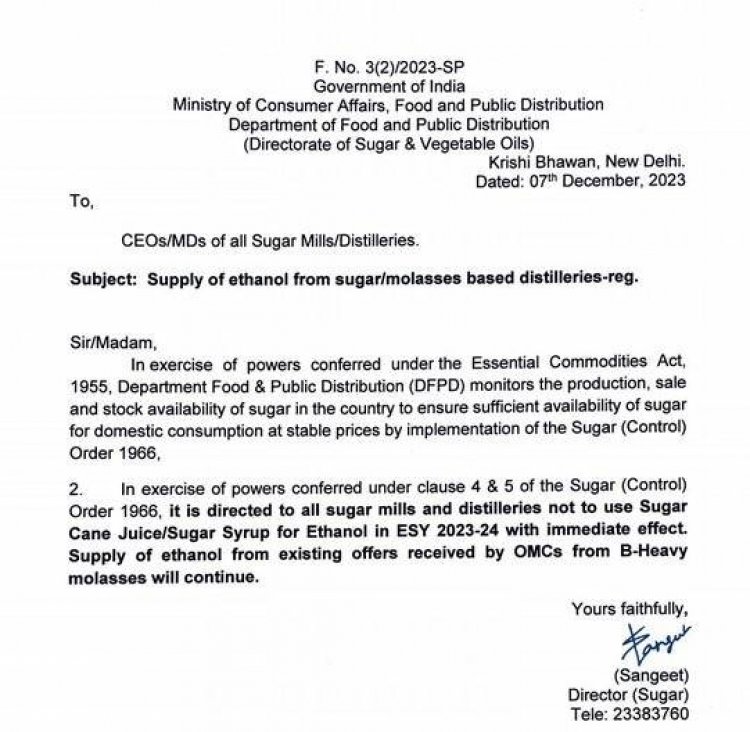
India's sugar production was down by 10.65 per cent at 4.32 million tonne during October-November, the first two months of the ongoing 2023-24 season. Sugar season runs from October to September.
The government's move is, however, seen as a setback for the industry, which has invested billions of dollars in the last five years to increase ethanol production capacity, According to official data, sugarcane production stood at 4.83 million tonne in the year-ago period. India is one of the largest sugar producing countries in the world.
According industry estimates available with Rural Voice, the country's overall sugar production was down on account of lesser output in Maharashtra and Karnataka. Earlier this year, the Centre had announced a Rs 10 per quintal hike in sugarcane's Fair and Remunerative Price (FRP), which is the minimum price that mills have to pay to sugarcane growers, to Rs 315 per quintal for the 2023-24 season starting October.
Due to weak monsoon, there is an estimated decline of about 41 lakh tonnes of sugar production in the current crushing season (2023-24) as compared to last year. According to the latest estimates of the sugar industry, the total production is estimated to be 290 lakh tonnes while the sugar consumption in the country is also estimated to be 287 lakh tonnes in the current year. Last year sugar production was 330.90 lakh tonnes.
Due to this situation, while the prices of sugar will remain high in the domestic market, the possibility of export has become almost negligible. The major reason for the decline in sugar production is the decline in sugarcane production in Maharashtra and Karnataka.
Apart from sugar production, this year (2023-24) there will be diversion of 40 lakh tonnes of sugar to make ethanol. Last season, 44 lakh tonnes of sugar was diverted for ethanol production. In this way, if we include the sugar diverted for ethanol, the production including it will be around 330 lakh tonnes.
According to the latest data of the sugar industry, sugar production in Maharashtra is estimated to decline by 20 lakh tonnes to 85 lakh tonnes as compared to last year which was 105.30 lakh tonnes in the last season (2022-23). However, sugar production in Uttar Pradesh, the second largest sugar producing state, is expected to be better than last year. This year the sugar production of Uttar Pradesh is estimated to be 110 lakh tonnes which was 104.80 lakh tonnes last year. Due to this, Uttar Pradesh will again become the largest sugar producing state after three years.
In proportion to this, the biggest decline in sugar production will be in Karnataka. Sugar production in Karnataka was 59.80 lakh tonnes in the last season (2022-23), which is expected to fall to 38 lakh tonnes in the current year (2023-24). This decline in sugar production in Karnataka amounts to 36 percent compared to last year.
A senior official associated with the sugar industry had told Rural Voice that sugarcane production has declined due to weak monsoon in Maharashtra and Karnataka due to El Nino. There the crushing season has also been delayed. However, he says that due to improvement in production in Uttar Pradesh, Haryana, Madhya Pradesh and Punjab, the decline in production in Maharashtra and Karnataka will be compensated to some extent, but despite that the total production will be marginally higher than domestic consumption due to which sugar prices will remain strong and farmers will also have more chances of getting better prices for sugarcane.
The outstanding stock at the end of the current season is estimated to be 59 lakh tonnes. Last year's outstanding stock was 57 lakh tonnes. The industry has estimated the outstanding stock of sugar at the end of the season in 2024-25 to be 44 lakh tonnes.
According to the industry, sugar consumption in the last season was 280 lakh tonnes, which is estimated to be 287 lakh tonnes in the current season (2023-24) and 285 lakh tonnes next year. In the last season, 64 lakh tonnes of sugar was exported from the country, while in the current season the industry figure of export of sugar is one lakh tonnes.
However, industry sources say that due to the way the production situation is developing, the possibility of sugar export is negligible. In October 2022, the government had put sugar exports from free exports list to the restricted list. After that, in October this year, it has been decided to keep it in the restricted list for the next one year.
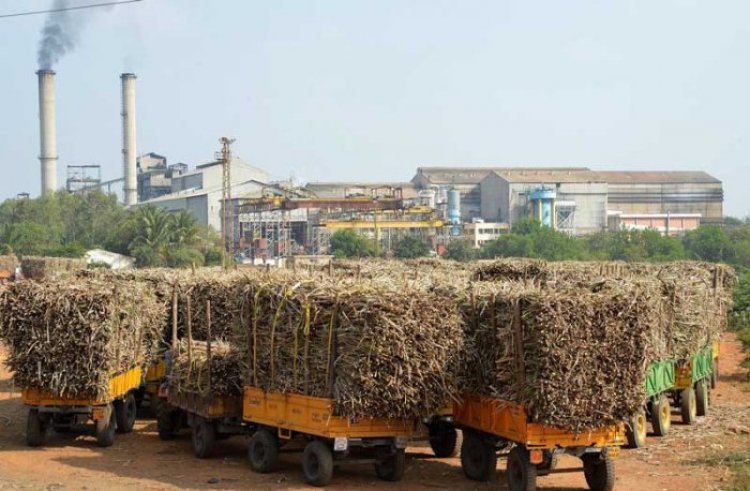




 Join the RuralVoice whatsapp group
Join the RuralVoice whatsapp group

















